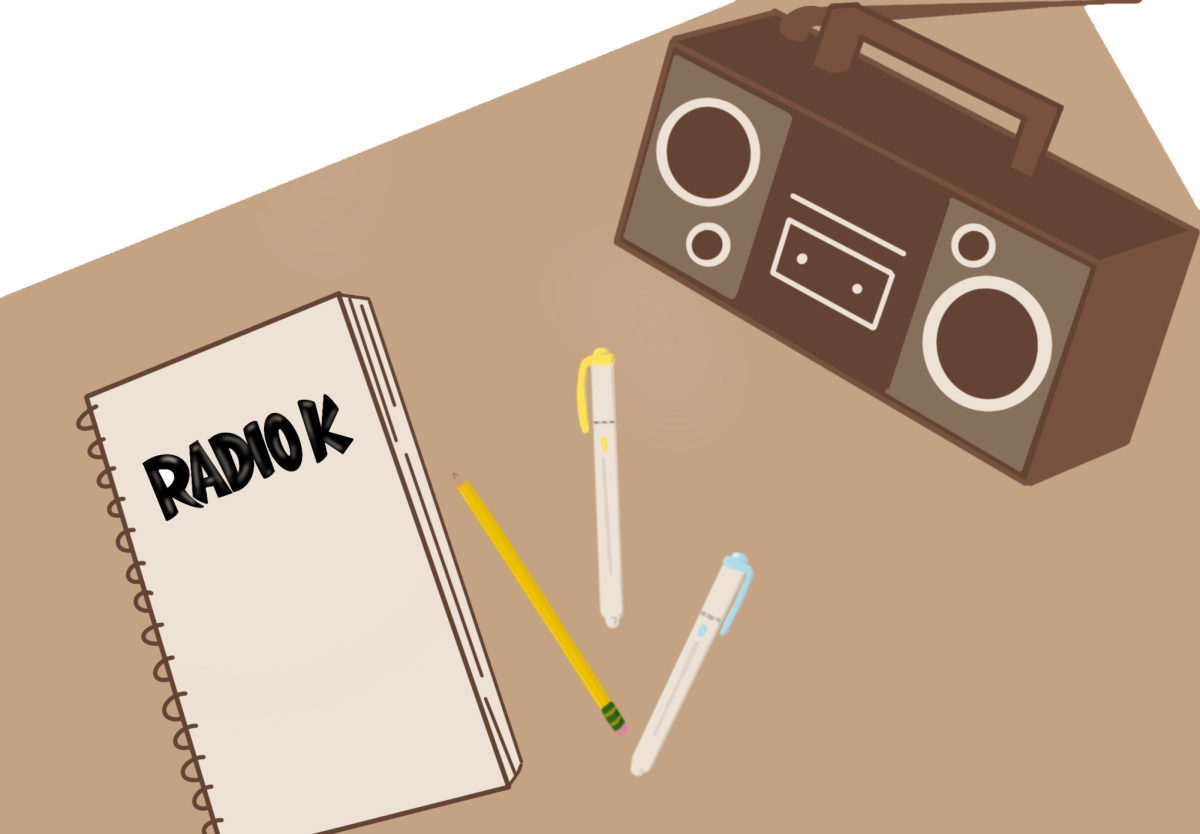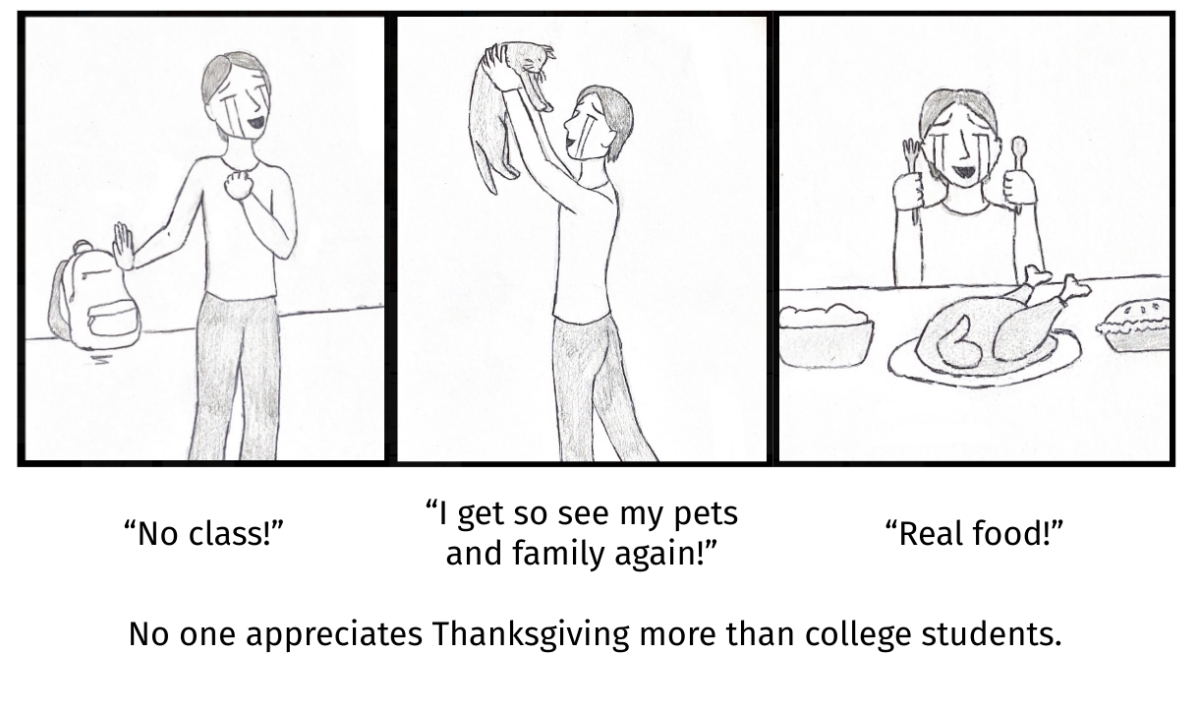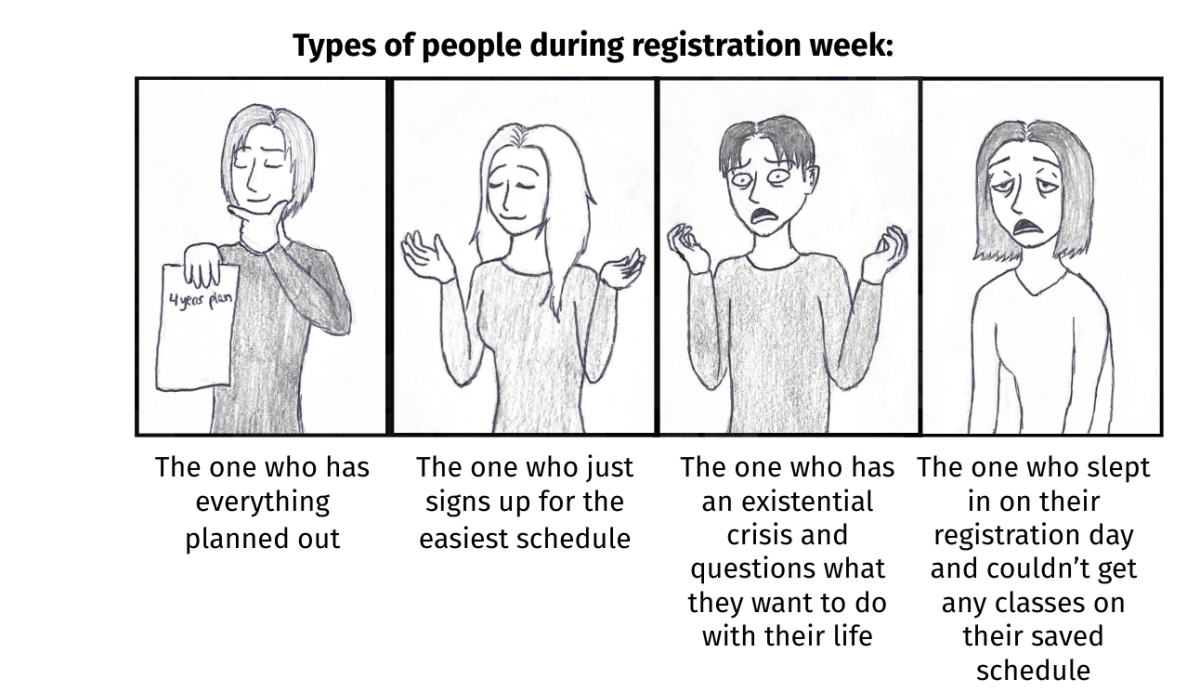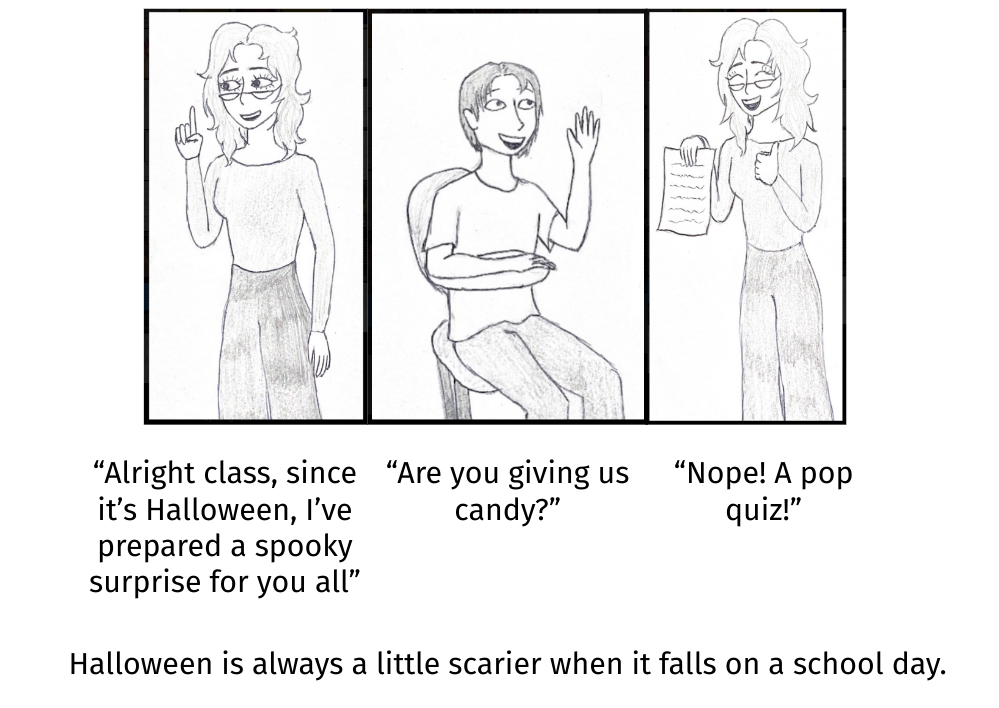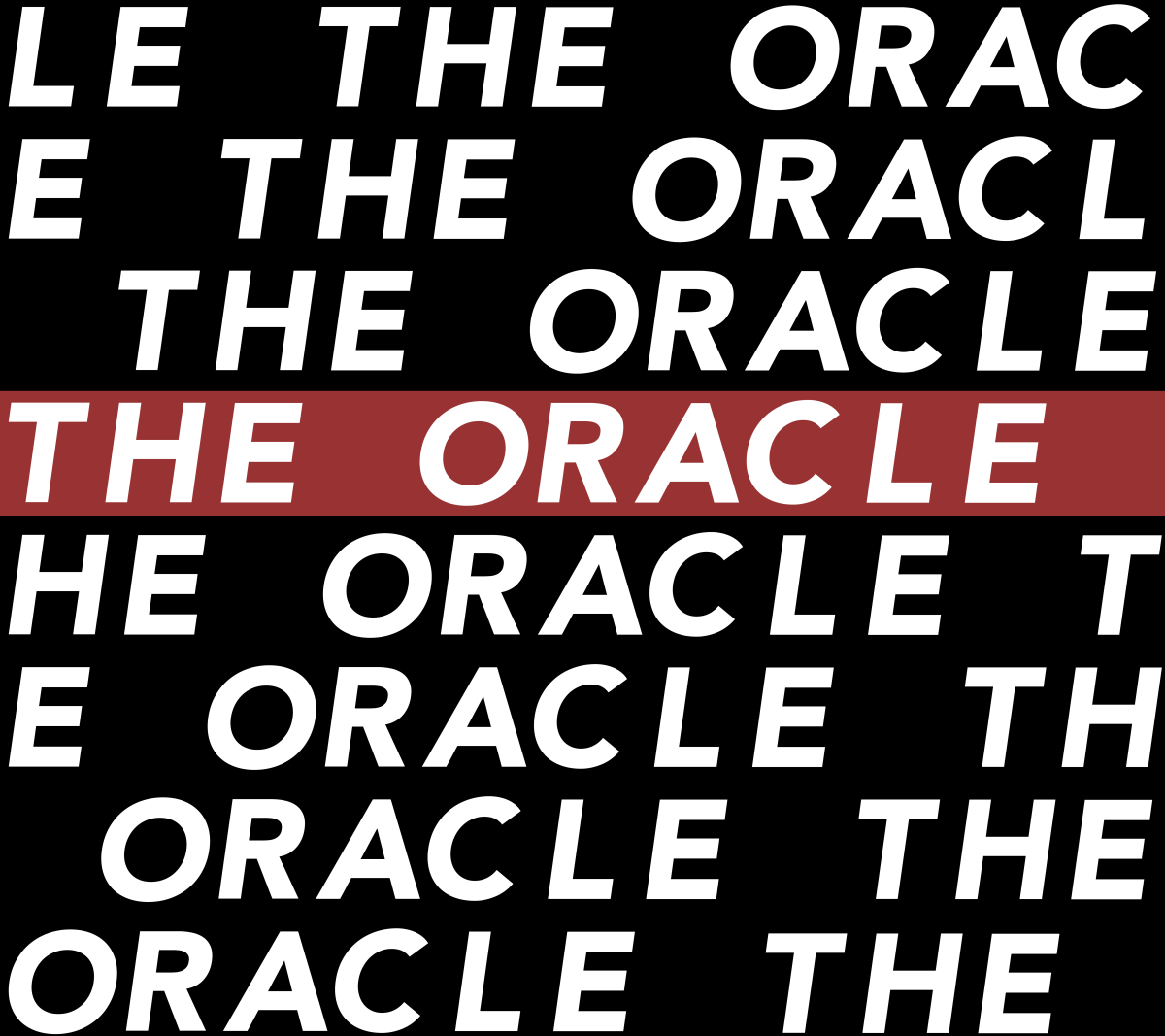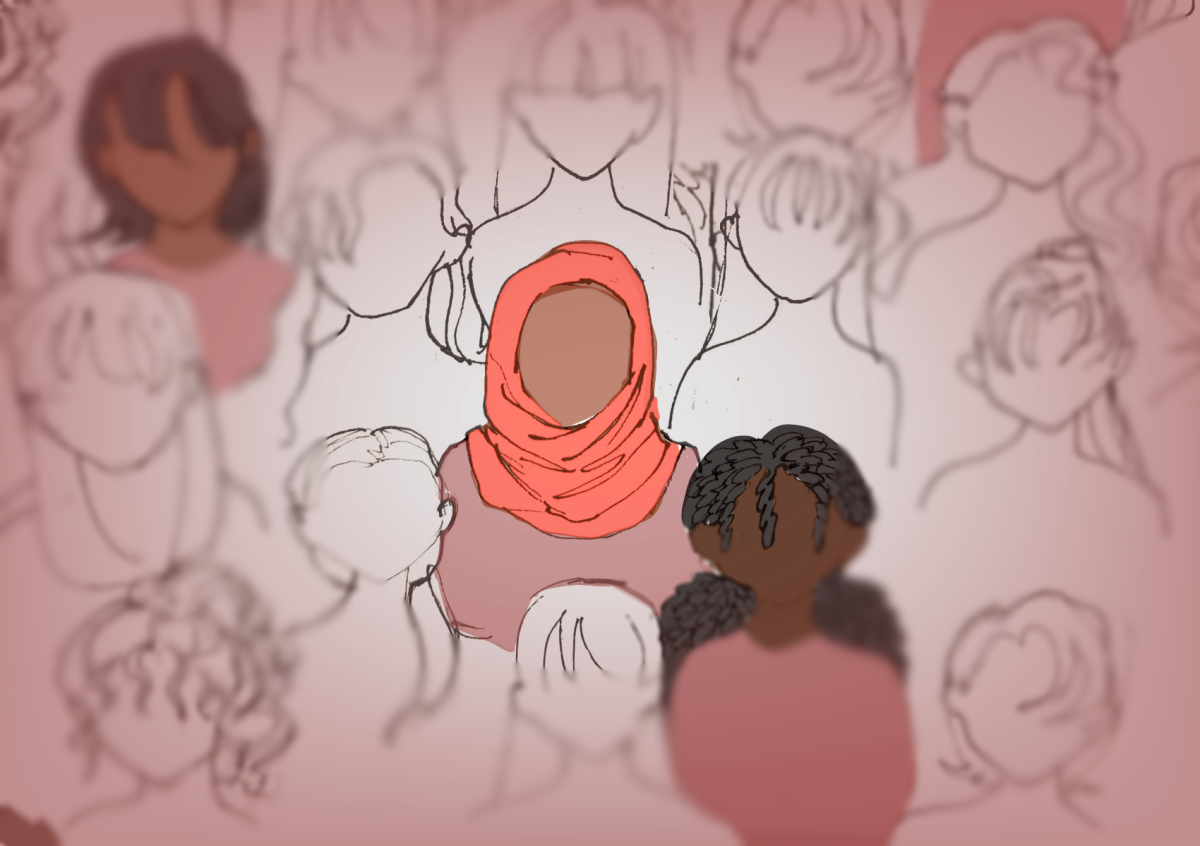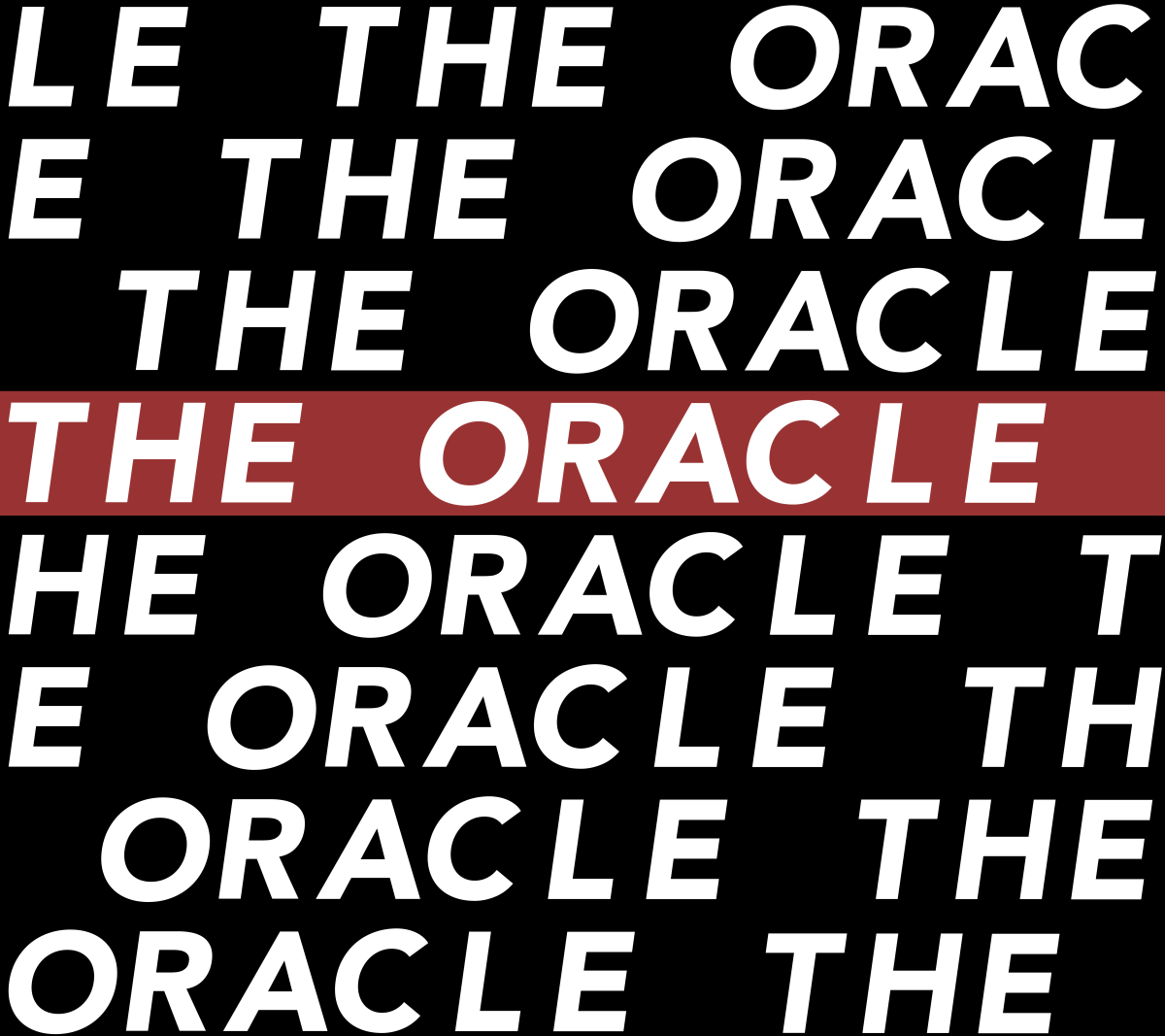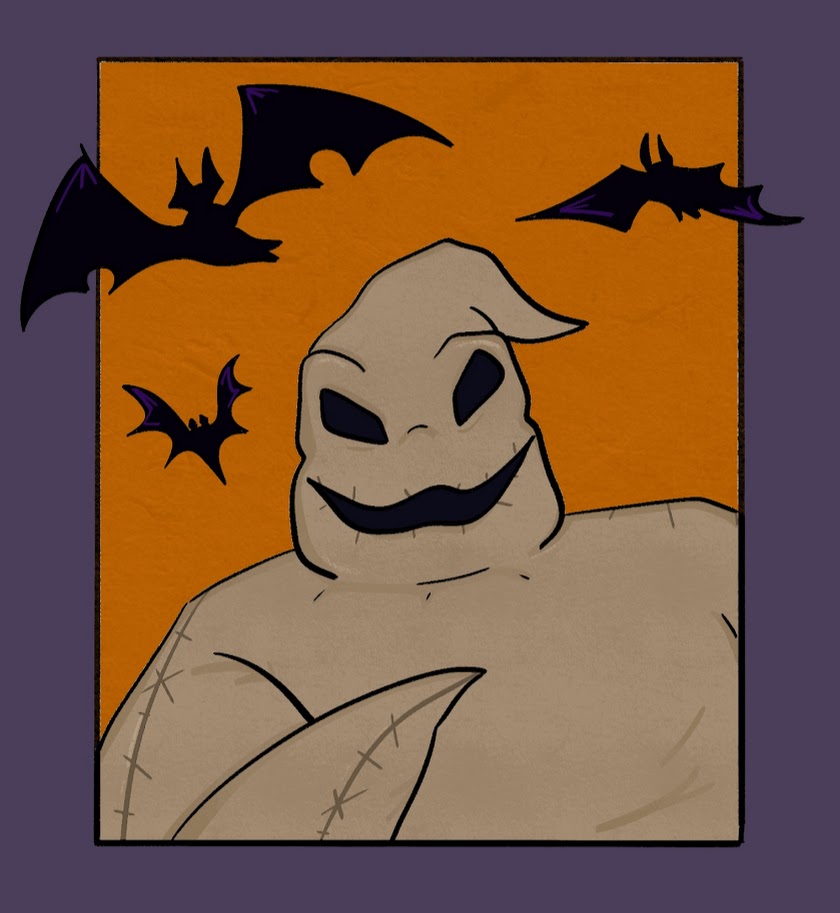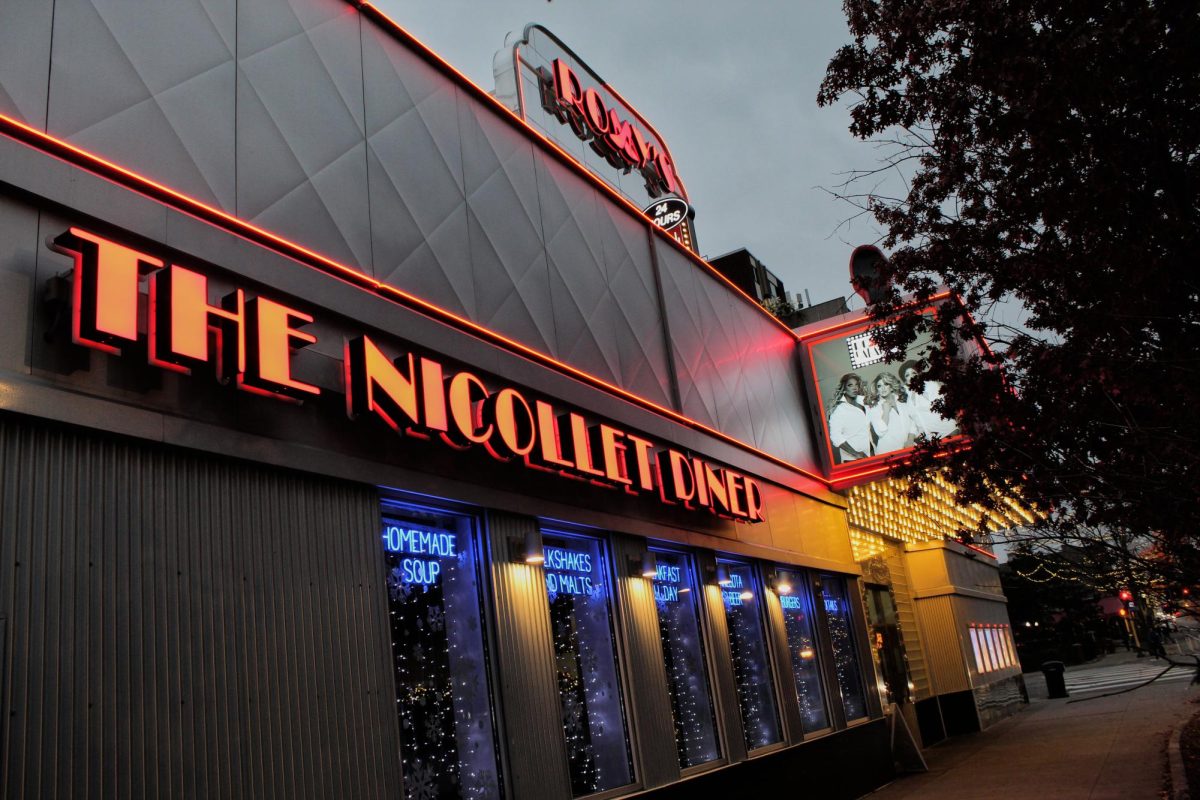This article was previously published in print on Dec. 05, 2023.
In an age of digital connectivity, college radio stands as a beacon of authenticity, where students create the soundtrack of their own higher education.
Radio K, The University of Minnesota’s student-run radio station, remains a prominent part of campus culture despite the constant development of technology and entertainment. Radio K — broadcasted on 770 AM, 100.7 FM and 104.5 FM — is one of the most well-known college radio stations in Minnesota, and it has won numerous awards, including being named the “Best Radio Station” in 2017 by Minnesota Daily’s Grapevine Award.
College radio stations aim to provide constant and relevant entertainment to their students every day.
“There’s not one specific sound to Radio K, but it’s new and independent and college radio-esque… the station sounds like what college students are currently listening to,” Program Director of Radio K Charlie Klage said.
However, not all college students have the ability or desire to get in a car and turn on a radio station, so Radio K offers streaming through their website and app as well.
“I think that’s more popular with the college students, and most people who don’t have or care about radio– so people under the age of 40,” Klage explains.
Despite being specifically the University of Minnesota’s radio station, Radio K is one of many college radio stations that appeals to students at other universities and colleges, especially those nearby. For Radio K, that’s other students in the Twin Cities, including Hamline Pipers.
“Appealing to students is vital, but so is appealing to the greater community. Building relationships with bands, venues, and listeners strengthen Radio K’s public image.” Marketing Director of Radio K Grace Williams said over email.
Radio K promotes its station to both its students and the surrounding community with numerous events, including its back-to-school concert and a large station tour.
“These events share Radio K’s presence to the student body in a very outward manner, but we also market the station by collaborating with other entities of UMN. I work with UMN’s Student Unions and Activities and the Weisman Art Museum in promoting shows they host on campus,” Williams said over email.
There are traces of a UMN radio station dating back to the 1920s, but what many students and locals know as Radio K began in 1993, and has been a prominent radio station in the cities ever since.
“We’re averaging around 35,000 monthly listeners — like unique individuals … we actually hit our all-time record this last April with around 43,000 listeners.” Klage said.
On top of their widespread success, university radio stations such as Radio K are almost entirely student-run. Although the student-workers and volunteers receive help from their staff advisors, the heart of Radio K is the students. “All of the programming and anything you hear happening from Radio K is run by the students,” Klage said.
College radio allows students to put out content for their peers and get a start in entertainment before they even graduate.
“Radio K not only creates an environment for students to share their love of music but also first hand experience in the industry that you can’t find anywhere else at this age,” Williams said over email.
As colleges and universities bounce back from the effects of the pandemic, many students are bringing back college radio stations as a form of expression and entertainment for students on their own campuses to connect with. Despite evolution of other forms of music and entertainment, student-run radio does not appear to be going anywhere but forward.

